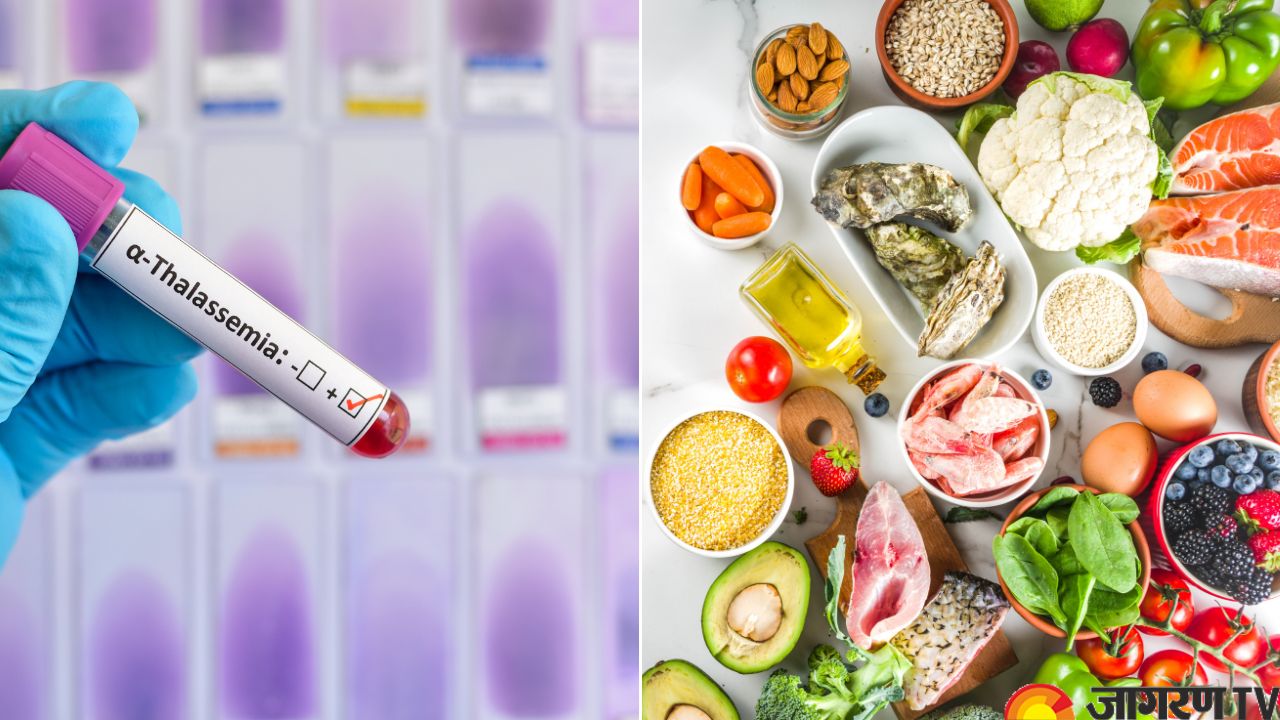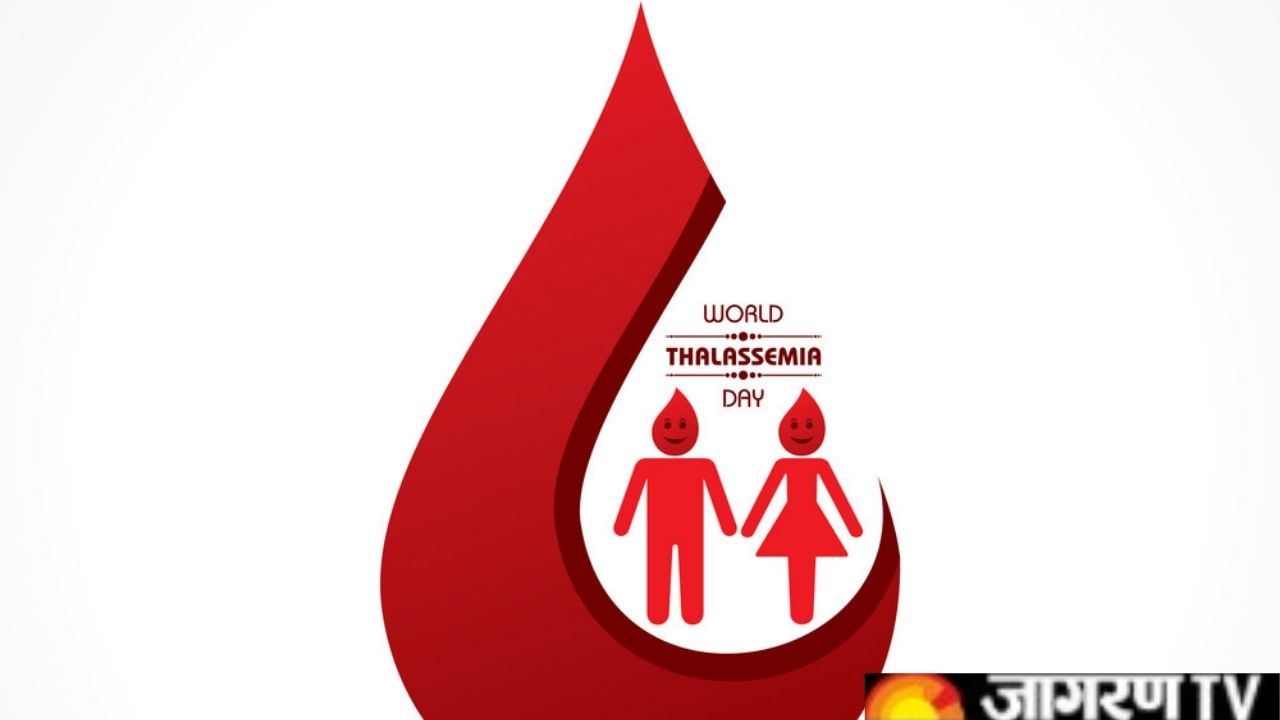World Thalassemia Day 2023: What kind of diet should a Thalassaemic patient follow? Which foods can make it more serious?

Thalassemia is a blood disorder that affects the production of hemoglobin, the protein in red blood cells that carries oxygen to the body's tissues. Mutations in the genes that regulate hemoglobin production are the root cause of thalassemia. Anaemia and other health issues emerge from these mutations because they decrease the amount of hemoglobin generated or alter the shape of the hemoglobin molecule.
Types of Thalassemia
Since thalassemia is a hereditary condition, it is passed from parents to children. One faulty gene causes carriers of the condition, who typically show no symptoms. There are two main types of thalassemia:
Alpha Thalassemia
Alpha thalassemia occurs when one or more of the genes that control the production of alpha globin, a component of hemoglobin, are missing or mutated.
Beta Thalassemia
Beta thalassemia occurs when one or both of the genes that control the production of beta globin, another component of hemoglobin, are missing or mutated.
Symptoms of Thalassemia
People with thalassemia, who receive two defective genes from each parent, may have mild to severe symptoms. Fatigue, weakness, pale complexion, jaundice, shortness of breath, and irregular bone growth are some of the signs and symptoms of thalassemia. When thalassemia is severe, it can result in side effects such as heart failure, liver damage, and an enlarged spleen. Although there is no known treatment for thalassemia, there are methods to reduce symptoms and enhance the quality of life. Blood transfusions, drugs that flush the body of extra iron, and bone marrow transplants may all be used as treatments.
Thalassemia Diet Plan
Dairy products, almonds, hazelnuts, sesame seeds, sardines, salmon, apricots, figs, oranges, currants, soybeans, white bread, white rice, kale cabbages, and cauliflower are among the foods you can include in your diet that are high in iron. Beetroot, carrots, celery, alfalfa sprouts, turnips, cucumbers, garlic, lettuce, tomatoes, green chilies, potatoes, apples, cranberries, pomegranates, strawberries, pineapples, lemons, and acai berries are among the other foods that are a part of the unique Thalassemia diet.
Foods To Avoid If You Have Thalassemia
It is also important for people with thalassemia to avoid foods and supplements that can interfere with iron absorption, such as calcium-rich foods, tea, and coffee. Iron-rich meals shouldn’t be provided to thalassemia patients since they may result in further issues. Among the foods that belong within this category are oysters, pork, beans, liver, peanut butter, beef, tofu, flour tortillas, cream of wheat, baby cereal, watermelon, prunes, peas, spinach, raisins, broccoli and green leafy vegetables. Additionally, people with thalassemia should limit their intake of alcohol, which can damage the liver and exacerbate symptoms of the disorder.









